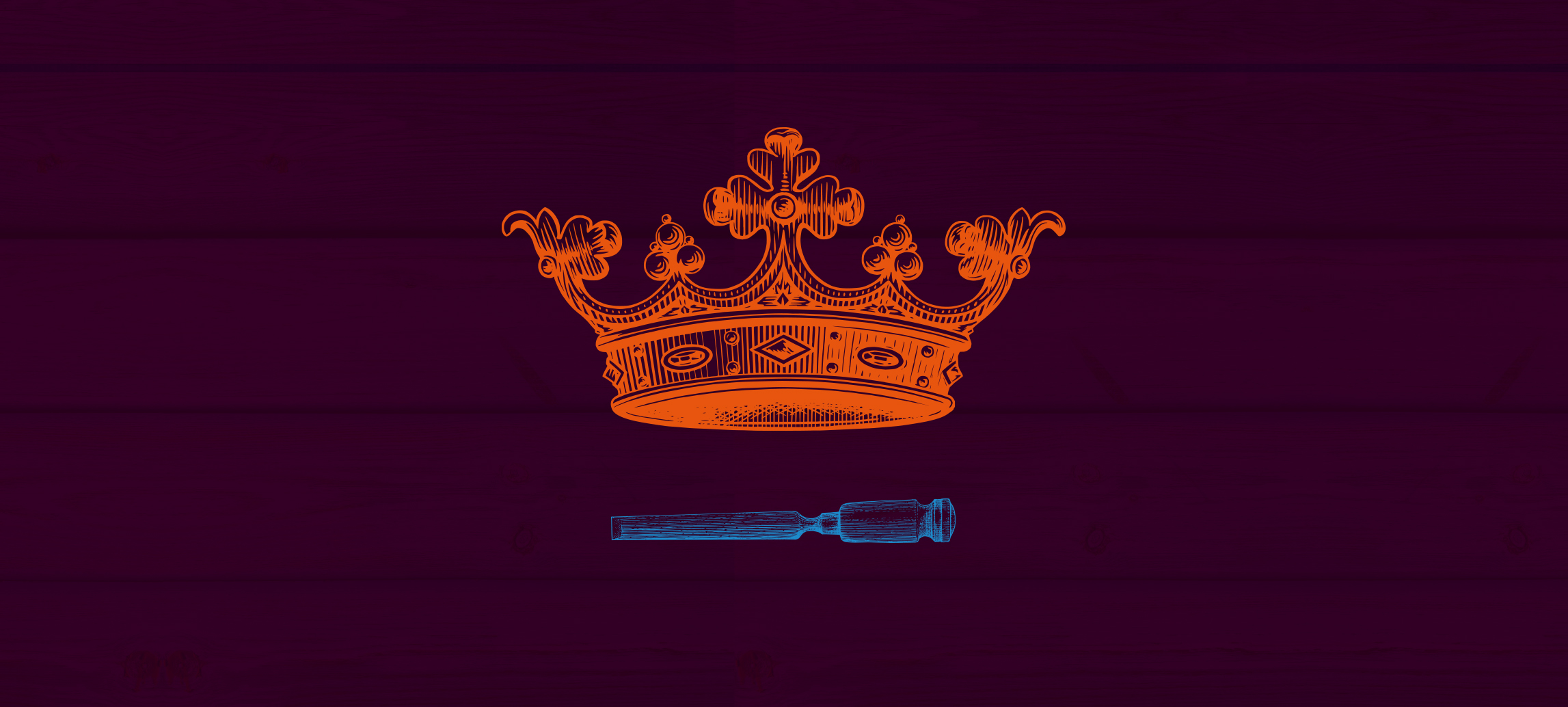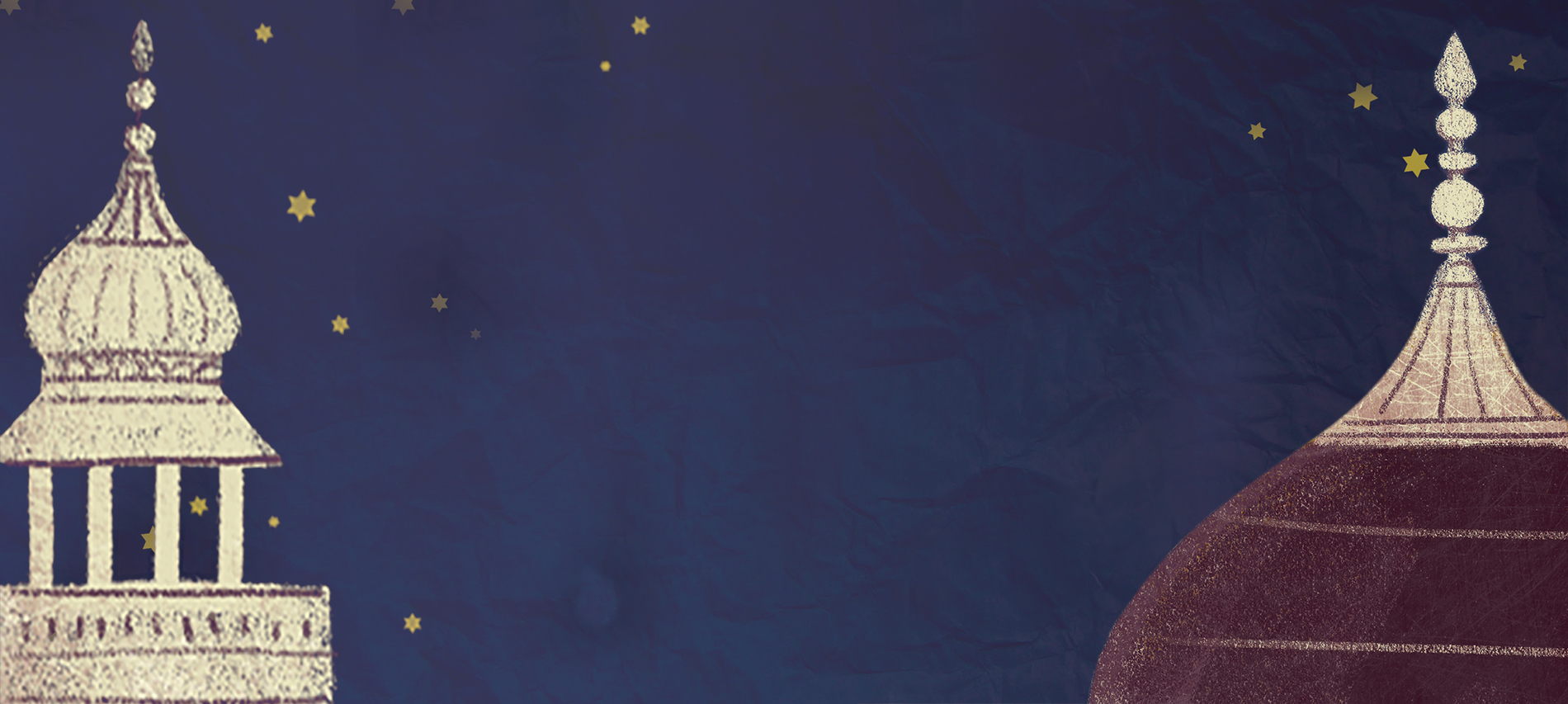Two hundred years before the advent of Vasco da Gama, Western Christianity-which comprises the Catholic Church, the Anglican Communion and Protestant denominations today-had already arrived in India, finding among its diverse people and faiths the Church of the East already at home since the beginning of Christianity.
Carpenters and Kings by Siddartha Sarma is an account of how global events, including the Crusades and the Mongol conquests, came together to bring Western Christianity to India.
A gripping narrative of two diagonally opposite impulses in Christianity: of humble scholars trying to live the Christian ideal, and of ambitious ecclesiastical empire-builders with more earthly goals.
Here’s what Siddartha has to say about his research methodology for the book:
The germ of the idea for Carpenters and Kings came many years ago when I was writing my thesis for a pre-doctorate in war studies at the University of Glasgow. I specialized in the Later Crusades, which is a fairly new discipline in medieval history and is seeing a lot of exciting new research in the West. My thesis was a comparative study of three crusade proposals, which were strategy manuals by scholars in the thirteenth and fourteenth centuries on how to recover the Holy Land which had been retaken by Muslim armies previously. One of the proposals was by William of Adam, a Dominican who would become Archbishop of Sultanieh in Persia. William wanted to launch a crusade from India and was the only such writer to make such a plan centred on the subcontinent. My supervisor suggested that it would be a good idea if we referred, for context, to a comprehensive secondary source on pre-colonial European scholarly engagement with India, to explain what William and others like him were doing in the subcontinent. We discovered that there was no such work. My supervisor found that strange and said it was a large gap in scholarship.
One reason for this gap is the history of Christianity in India is not studied much by Indians themselves. The other reason is Western scholarship has engaged with colonialism and with the Mughal Empire, but not with Europe’s idea of India in the pre-colonial period to the extent needed.
In December 2017, I realized I had completed research for such a book, and began writing it in January 2018.
The book is divided into three sections: Antiquity, the Middle Ages and the colonial period. The history of Christianity in the third period is far better documented than in the first two, so I have engaged only with a few specific aspects of it for the book.
Carpenters and Kings covers two millennia of people and events across three continents. Research for this took nine years. I resolved, when I began writing it, to base it as much on primary sources as possible, with secondary sources to be used only for context where absolutely required. In the process I examined forty-six manuscripts and primary sources connected to the history of Christianity in general and Western Christianity in particular in the subcontinent. Ideally, anybody attempting to parse these primary sources should have access to and fluency in ten or eleven source languages, including Latin, Greek, Syriac, Arabic, Persian, Pahlavi, Mongolian, Mandarin, French, German and Danish. Here I had to make an allowance for my limited or nonexistent knowledge of most of these languages.
In the section on Antiquity, I examined the writings of pre-Christian writers like Herodotus and Strabo and early Christian scholars including Eusebius of Caesaraea. While the former two wrote about pre-Christian Roman and Greek engagement with India, Eusebius examined the tradition of the apostle Thomas preaching in India.
The legend of the Indian Christian martyrs, Barlaam and Josaphat, based on the life of Buddha, existed in several languages in the Middle Ages and has since been translated into all the major languages of the world. I examined English translations of the legend and compared them with translations from other languages, such as the Balavariam in Georgian. My Greek is not up to the rigorous standards required for academic research, so I relied on translations of Greek works where necessary, such as with Herodotus, or the writings of the Greco-Egyptian polymath Ptolemy, and, particularly, The Christian Topography of the Egyptian Christian monk Cosmas, who travelled to India and found a thriving Christian community in the sixth century. This section also includes an explanation of the beginning of various schisms within Christianity, arising from several councils held in the Roman Empire in the closing centuries of Antiquity. I referred to primary sources in Latin and English secondary sources for this.
Research for the section on the Middle Ages was considerably easier. Excellent secondary sources exist for the Crusades, to which I referred, in addition to some primary manuscripts. The book also made it necessary to engage with the history of the Mongol Empire, for which I referred to Urgunge Onon’s wonderful English translation of The Secret History of the Mongols, in addition to translated Arabic and Persian sources, as well as Latin manuscripts on European diplomatic exchanges with the Mongol Great Khans and the Ilkhanate of Persia.
The core of the book is the accounts of European scholars and monks who travelled to and lived in India in the Middle Ages, between 1291 and 1336. Several of these writers, including William of Adam, are now obscure. English translations of some of these manuscripts exist, but they date so far back in the nineteenth century that the English itself needs explanatory notes. I undertook to translate these texts, providing context where necessary, correcting what I felt were errors by British colonial-era translators, or where subsequent research in the intervening 150 years has shed more light on events in the Middle Ages. Research for this section took me approximately four years to complete.
There are three chapters in the section on the colonial period, each dealing with the Portuguese, the Danes and the British respectively. For the section on the Portuguese and the legacy of the Goa Inquisition, I referred to secondary works by Indian scholars, while for the section on the papal bulls, which led to the legitimization of Portuguese excesses in India, I referred to the original manuscripts in Latin. For the chapter on the Danes at Tranquebar, in what is now Tamil Nadu, I referred to English translations of writings by Danish and German Lutheran chroniclers of the Tranquebar mission and the history of the Danish East India Company in India.
My area of specialization and the focus of the book is the Middle Ages, so I had to exercise considerable caution in studying and analysing sources for Antiquity and the colonial period, in order to draw causal connections between events spanning these periods and the extensive geography of this story.
Apart from reading and analysing these texts, I had to spend a considerable amount of time trying to understand the characters of this story, big and small, the humble carpenters and great kings, their mindsets and motivations, their thoughts and actions, which is always a rewarding exercise for a historian or researcher. I hope that my attempt at piecing this fascinating story together from the writings of these scholars and historians down the centuries has worked. I am grateful to the writings of these people and the quality of their minds. We stand on their shoulders.
Get your copy of Carpenters and Kings today!































